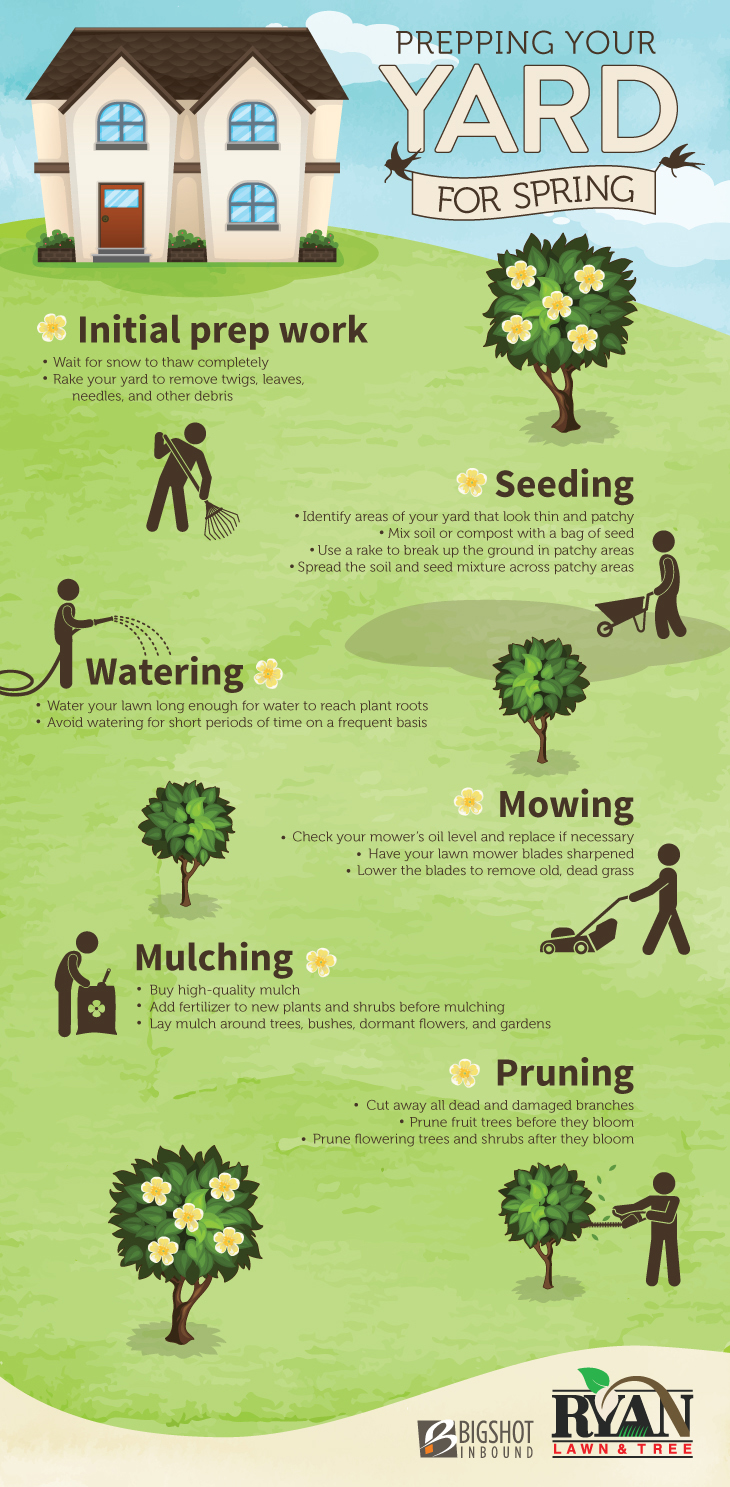Care After Tree Elimination: Reliable Ways To Renew Your Landscape
Authored By-Hinrichsen McCollum After a tree's elimination, your landscape may look quite different, and it's essential to assess the consequences meticulously. You'll wish to examine the dirt disruption and examine bordering plants for any type of signs of stress and anxiety. Disregarding these factors can result in larger problems down the line. So, what should you finish with those stumps and origins? And just how do you select the most effective plants for your revitalized room? Let's discover these important actions.
Assessing the Consequences: Reviewing Your Landscape
After a tree removal, it's important to evaluate your landscape to understand the effect it has on your lawn. Start by analyzing the location where the tree stood. Search for indications of dirt disturbance, and examine the surrounding plants for any stress and anxiety or damage. You ought to additionally make note of exactly how the removal has actually transformed sunlight direct exposure and air flow in your yard. see this can influence the growth of neighboring plants, so it's important to evaluate their health. Think about the visual elements also; the elimination might create an open space that you can upgrade. Ultimately, think of any kind of prospective erosion issues that might arise from the tree's lack. Dealing with trimming crepe myrtle tree will aid recover equilibrium to your landscape.
Managing Stumps and Origins: Alternatives for Removal
Once you've evaluated the consequences of the tree elimination, you'll likely need to take on the stump and origins left behind. You have a couple of choices for removal. One efficient technique is stump grinding, where an expert uses a maker to grind the stump down to underground degree. This technique leaves minimal disturbance to your landscape. If you favor a do it yourself method, you can use a mix of digging and chemical stump cleaners. Simply keep in mind, this process can take some time and effort. Alternatively, take into consideration leaving the stump as an all-natural feature, which can act as an unique garden component or habitat for wild animals. Whatever you select, addressing the stump and origins is vital for restoring your landscape.
Picking the Right Plant Kingdoms for Your New Space
As you evaluate your recently removed space, picking the right plants can dramatically boost your landscape's elegance and capability. Begin by thinking about the sunshine and soil problems. For sunny locations, go with drought-resistant plants like lavender or succulents. In shaded areas, ferns and hostas flourish well. Consider the size and development behaviors of your plants; mix perennials and annuals for seasonal range. Don't fail to remember to include native types; they call for much less maintenance and assistance local wildlife. Group plants in weird numbers for a more all-natural appearance and develop layers for visual deepness. Finally, ensure you have a mix of colors and structures to maintain your landscape vibrant throughout the seasons. Happy growing!
Conclusion
To conclude, restoring your landscape after tree removal is a rewarding procedure. By examining the consequences, resolving stumps and roots, and picking the right plants, you'll develop a successful environment. Do not neglect to include erosion control actions to shield your soil. With a little effort and treatment, you can change your room into a vivid yard that improves your building. Accept the opportunity to invigorate your landscape and take pleasure in the elegance of nature right in your yard! 